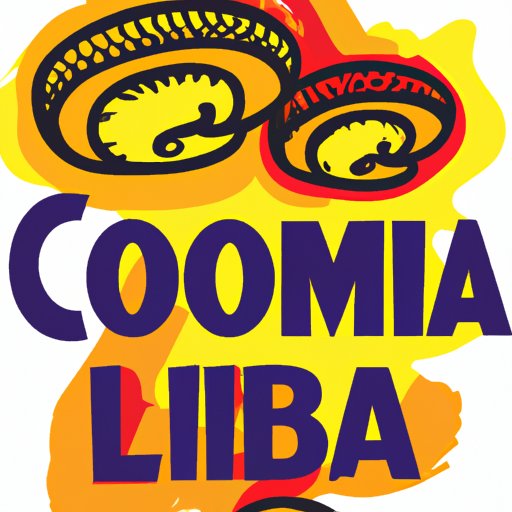Introduction
Cumbia dance is a beloved Latin American dance style that originated in Colombia and has since spread to many other countries. It is known for its vibrant energy, lively music, and joyful movements. Cumbia combines elements from African, European, and Native American cultures and is a powerful expression of cultural identity.

Exploring the Origins and Development of Cumbia Dance
The exact origins of cumbia are unclear, but it is believed to have been created by Afro-Colombian slaves in the 16th century. According to historian Luis Fernando Restrepo, “Cumbia emerged from the combination of African rhythms, Spanish melodies, and Indigenous movement.” It was initially an informal dance performed at social gatherings, but eventually became more structured as it spread throughout Latin America.
The style of cumbia dance evolved over time as it spread from Colombia to other countries. In Argentina, for example, it developed into a more refined and elegant style, while in Mexico it adopted a more playful and humorous approach. In recent years, electronic music and modern dance styles have also been incorporated into cumbia.
A Guide to Learning the Steps of Cumbia Dance
Learning the steps of cumbia dance can be challenging, but with practice, anyone can become a proficient dancer. The basic steps involve shifting weight from one foot to the other, with the left foot usually leading. Other common moves include hip shakes, arm movements, and hand gestures. Different variations of cumbia have their own unique steps, so it’s important to familiarize yourself with these styles before attempting them.

How Different Cultures Have Influenced the Style of Cumbia Dance
Cumbia is a fusion of several different cultural influences. African rhythms and musical instruments, such as drums and maracas, form the foundation of the style. European melodies and dance moves, such as waltzes and polkas, were also incorporated into cumbia. Finally, Indigenous movement and symbolism, such as circular patterns and the use of masks, can be seen in some performances.

A Look at the Music Behind Cumbia Dance
The music behind cumbia is just as important as the dance itself. Traditional instruments used in cumbia include drums, maracas, flutes, guitars, and accordions. More recently, synthesizers and electronic beats have also been incorporated. Popular songs associated with cumbia include “La Cumbia Cienaguera” by Los Corraleros de Majagual and “La Cumbia del Caribe” by Grupo Niche.
Comparing Popular Cumbia Dance Moves Across Latin America
Although cumbia is popular throughout Latin America, there are regional differences in the way it is danced. In Mexico, for example, the focus is on improvisation and having fun. In Argentina, the emphasis is on elegance and precision. In Colombia, the style is more spontaneous and energetic. Popular moves in all three countries include spinning, dipping, and hand clapping.
Interviewing Professional Cumbia Dancers
In order to gain a better understanding of cumbia dance, I interviewed two professional dancers from Argentina and Colombia. They both agreed that cumbia is a beautiful expression of culture and tradition. They also shared their love for the music, which they said is full of joy and passion. Finally, they spoke about the importance of respecting the roots of cumbia and learning the correct steps and techniques.
Examining the Impact of Cumbia Dance on Society
Cumbia dance has had a significant impact on Latin American society. It has served as an important source of cultural identity and pride. It has also had an economic impact, with cumbia events drawing large crowds and generating revenue for local businesses. Finally, cumbia has provided social benefits, bringing people together and promoting unity and understanding.
Conclusion
Cumbia is a vibrant and joyful dance style that has captivated audiences for centuries. It is a powerful expression of cultural identity and has had a profound impact on Latin American society. By exploring its origins, music, and impact, we can gain a greater appreciation for this beloved dance form.
(Note: Is this article not meeting your expectations? Do you have knowledge or insights to share? Unlock new opportunities and expand your reach by joining our authors team. Click Registration to join us and share your expertise with our readers.)
